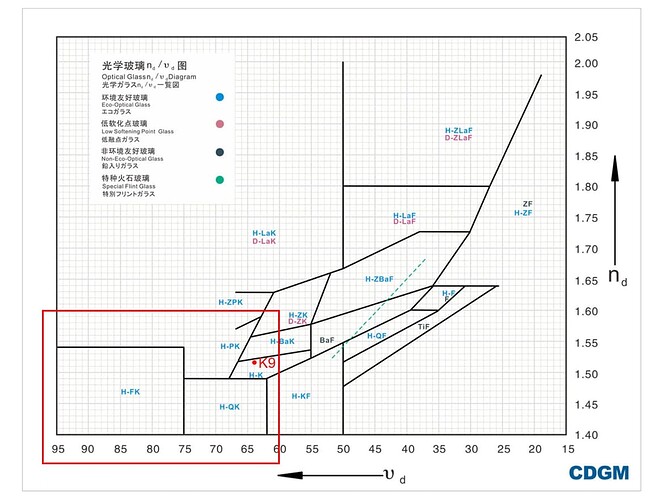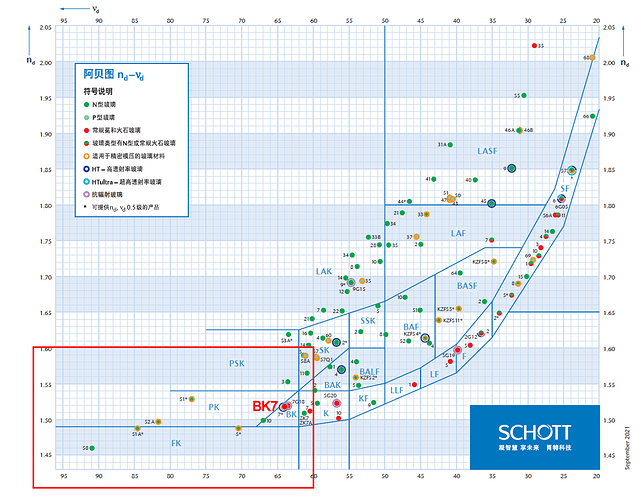For applications requiring protection on 3D cameras on-site, a 3D camera can be placed inside a protective enclosure with glass windows.
Recommendations
| Key point | Recommendation |
|---|---|
| Glass material | Germany’s Schott BK7 or N-BK7 (BK7 is environmentally friendly) / Chengdu Guangming’s K9 or H-K9L (K9 is environmentally friendly) |
| Glass surface type | Flat glass, high flatness, not suitable for tempered glass |
| Glass thickness | 1–3mm (as thin as possible while maintaining high flatness) |
| Glass coating | Double-sided AR coating (visible light transmittance ≥ 98.5%) |
| Mounting | Glass window should be positioned close to the camera window, surface should be as parallel to the camera window as possible, avoiding deformation due to external forces |
Additional Info: Introduction to Glass Selection
The material, surface type, and installation of the glass window all impact the imaging performance of the lens, which directly affects the measurement results of the 3D camera.
To minimize the impact on the measurement results, the glass window needs to meet the following requirements:
- Low refractive index
- High Abbe number
- Low absorption rate
- High optical uniformity
- High flatness
According to the above requirements, we selected from commonly used optical glasses those two:
- Germany’s Schott’s BK7 and N-BK7 (BK7 is environmentally friendly)
- Chengdu Guangming’s K9 and H-K9L (K9 is environmentally friendly)
The glasses mentioned above are equivalent, with a refractive index of 1.52 and an Abbe number of 64.2. Their positions in the Abbe diagram are as follows.
K9 glass
BK7 glass
Abbe-Diagram nd-νd
Description of symbols
![]() N-glasses
N-glasses
![]() P-glasses
P-glasses
![]() Classical crown and flint glasses
Classical crown and flint glasses
![]() Glass available as N-glasses or classical flint glasses
Glass available as N-glasses or classical flint glasses
![]() Glasses suitable for precision molding
Glasses suitable for precision molding
![]() HT - High transmittance glasses
HT - High transmittance glasses
![]() HTultra - Ultra high transmittance glasses
HTultra - Ultra high transmittance glasses
![]() Radiation resistant glasses
Radiation resistant glasses
![]() Available in step 0.5
Available in step 0.5
For more information on technical details of Germany’s Schott glasses, please refer to Optical Glass: Technical Details.


